Subscribe at the right of this page for a monthly post with writing explorations at the end for creating your own ecobiography.
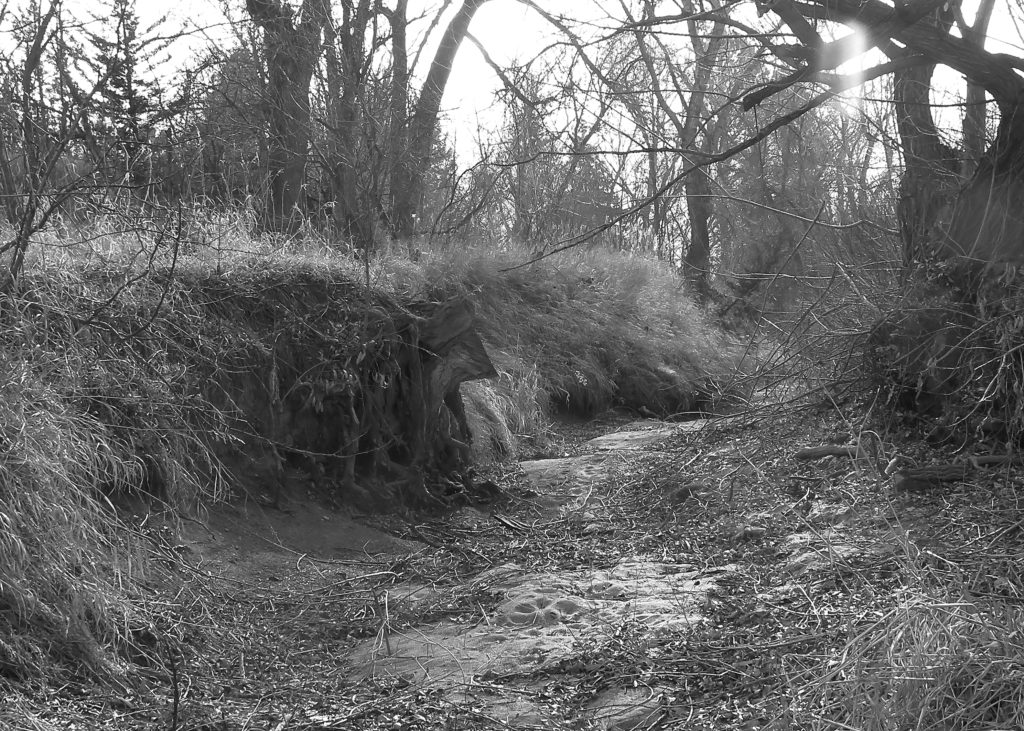
Stonebridge Farm is crossed by three irrigation ditches: the Palmerton near the house, the Highland to the east, and the Rough & Ready in between. Melting snow from the Rockies runs through these ditches from spring to fall. Before the 2013 flood, some water or ice could be found in the ditches in the winter because the old head gates from the St Vrain river leaked, but following the flood, more efficient head gates were constructed that keep water out of the ditches after shut-off in late fall.
An empty ditch in summer means drought, an alarming sight for a farmer. But an empty ditch in winter reveals a new view of the riparian ecosystem that supports our farm with water, shade, soil, plants, and animals. With its slanted light and bare outlines, winter exposes the natural world in intriguing ways: trees tower over head as the ditch becomes an open road. For our five-year-old grandson on a winter day, an empty ditch needs exploring.
 The night before our ditch adventure, we read Signs Along the River by Kayo Robertson, a children’s book about using the five senses to find the evidence creatures leave behind like tracks, trails, bones, and, to put it plainly, poop. With these clues in mind, we set out the next morning from the bridge over the Rough & Ready to see what we can find. That bridge is next to our swimming hole, a place we often see muskrats paddling when the water’s flowing. Not far from the bridge we find the mouth of a burrow and imagine cozy muskrats in hibernation up inside the ditch bank behind the hole.
The night before our ditch adventure, we read Signs Along the River by Kayo Robertson, a children’s book about using the five senses to find the evidence creatures leave behind like tracks, trails, bones, and, to put it plainly, poop. With these clues in mind, we set out the next morning from the bridge over the Rough & Ready to see what we can find. That bridge is next to our swimming hole, a place we often see muskrats paddling when the water’s flowing. Not far from the bridge we find the mouth of a burrow and imagine cozy muskrats in hibernation up inside the ditch bank behind the hole.
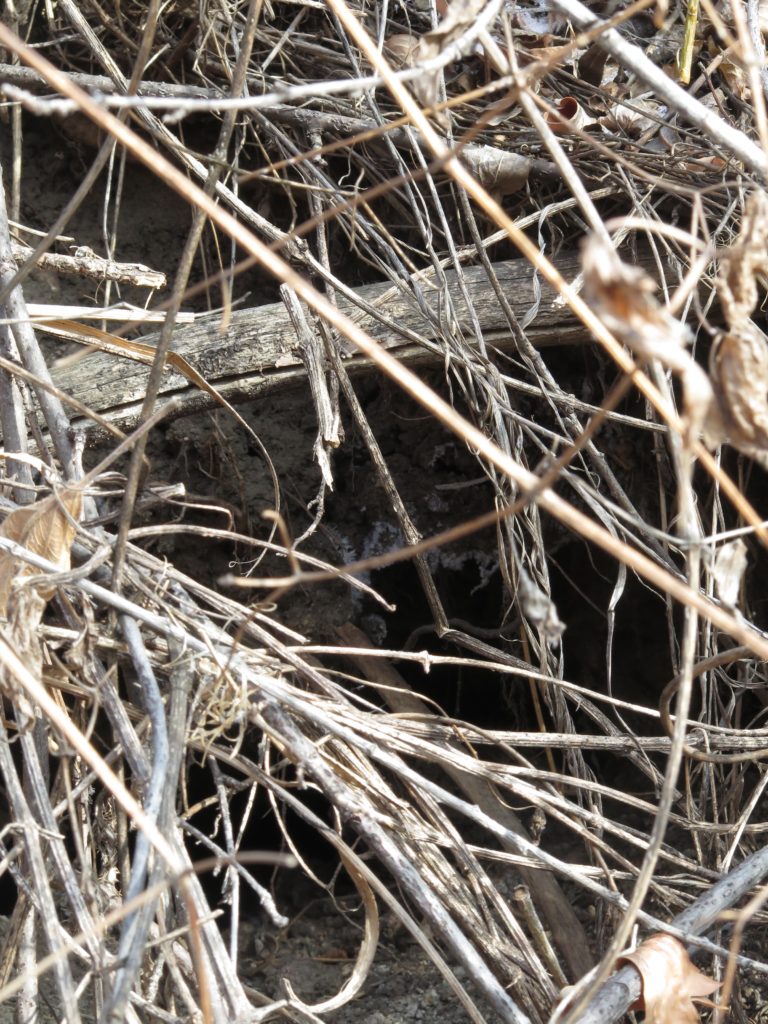 The topography of an empty ditch is a meeting of curves and lines as the flowing water follows the natural limestone walls created over thousands of years, exposing textures of grass, sand, and roots along the ditch’s perimeter. A tree too close to the edge that was felled before our time left a tapestry of tangled roots that now fortifies the bank from erosion.
The topography of an empty ditch is a meeting of curves and lines as the flowing water follows the natural limestone walls created over thousands of years, exposing textures of grass, sand, and roots along the ditch’s perimeter. A tree too close to the edge that was felled before our time left a tapestry of tangled roots that now fortifies the bank from erosion.
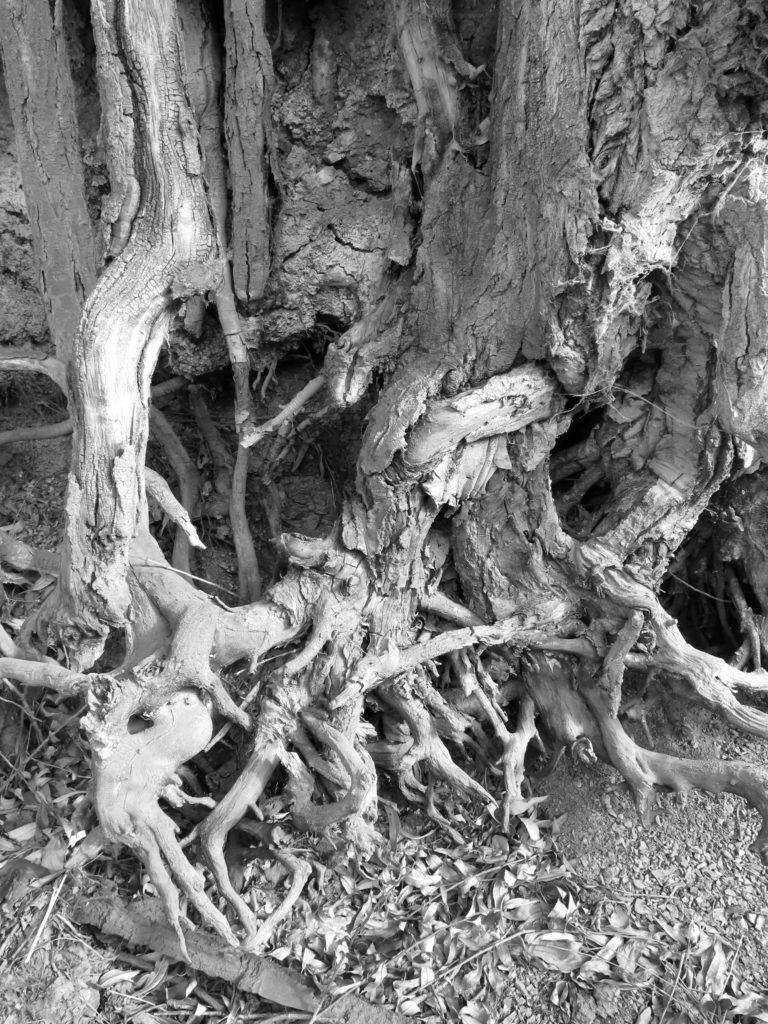 Near another bridge, my grandson spots tracks in the dry sand along the ditch bottom, with many tracks in one spot as if an animal were circling. “What do you think it was?” I ask him. “Coyotes,” he guesses, and he is right because next to the tracks we are delighted to find coyote poop. Coyotes are a constant at the farm; it’s no surprise they run the empty ditches as winter highways.
Near another bridge, my grandson spots tracks in the dry sand along the ditch bottom, with many tracks in one spot as if an animal were circling. “What do you think it was?” I ask him. “Coyotes,” he guesses, and he is right because next to the tracks we are delighted to find coyote poop. Coyotes are a constant at the farm; it’s no surprise they run the empty ditches as winter highways.
In snowy patches further down our walk, we find deer tracks crossing the ditches, also not surprising since mule deer are in residence in our fields this winter, eating the cover crop and what’s left of the winter kale and chard. We discover a place where deer bed down in tall grass along the ditch in a spot farther back from the cultivated fields, a place we think of as “wild” because we don’t walk or farm there, in part because the trees form a small forest along that stretch of our northern boundary. The empty ditch allows us access into the heart of this place and now we can see how its wildness creates a refuge for the deer.
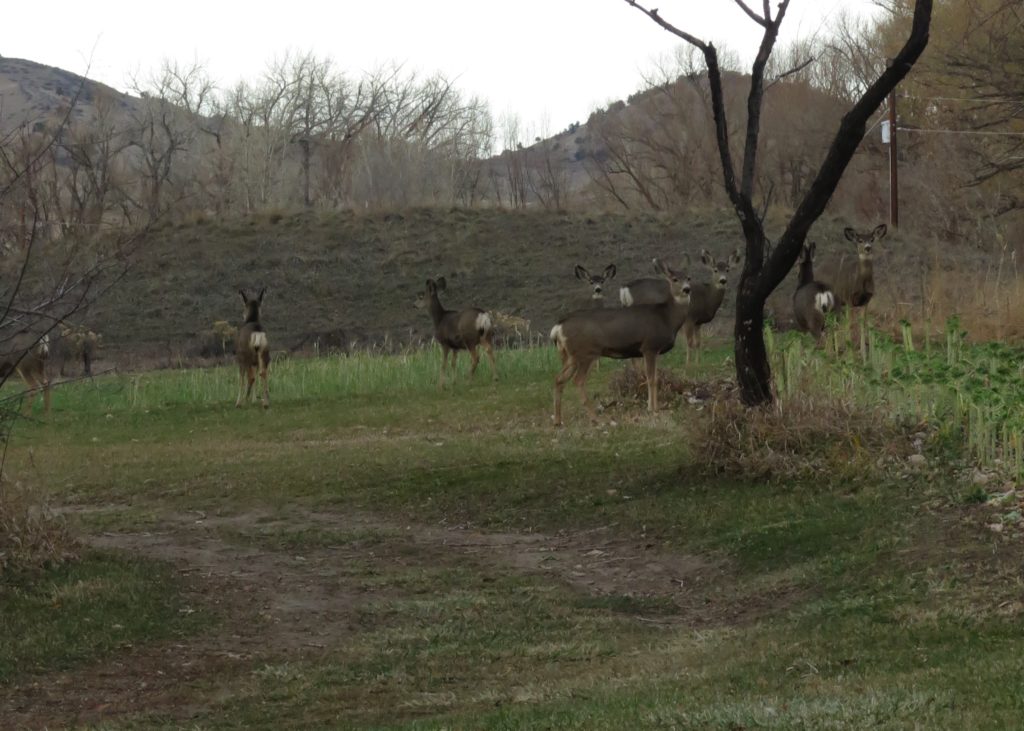 My grandson and I walked the Rough and Ready from one end to the other and back again, stopping to explore whatever caught our eye, including an aluminum baseball bat half-buried in silt and grass, a relic of the flood, perhaps, like the eight-ball we exhumed from a different ditch last spring. In the 20-some years I’ve lived at Stonebridge, I’ve never walked the ditch from end to end before. Seeing it from the inside out was like opening a door to a new room in my house that I hadn’t known existed and realizing that life went on there, with or without me. Now I know that the winter ditch is something I’ve been missing.
My grandson and I walked the Rough and Ready from one end to the other and back again, stopping to explore whatever caught our eye, including an aluminum baseball bat half-buried in silt and grass, a relic of the flood, perhaps, like the eight-ball we exhumed from a different ditch last spring. In the 20-some years I’ve lived at Stonebridge, I’ve never walked the ditch from end to end before. Seeing it from the inside out was like opening a door to a new room in my house that I hadn’t known existed and realizing that life went on there, with or without me. Now I know that the winter ditch is something I’ve been missing.
Writing Explorations: In ecobiography or ecology-based memoir, I’m always interested in how humans live alongside and amid other forms of life. We write about the places that bring us in contact with the natural world, especially on a regular basis, and we reflect on what we can learn about ourselves through the plants, creatures, and elements around us.
But before we can write of these interactions, we must notice them. A change of season, weather, or situation—as in the empty ditch—provides a wonderful opportunity to look with new eyes at a familiar place. In fact, deeper exploration of our relationship to nature can be inspired by the lens of change as routines are altered and what seemed normal or ordinary is exposed as cyclical or distinct.
In a short essay or a journal entry, write through the lens of winter. Right now, how do the places you inhabit or visit look different in the winter? What does the starkness of a winter landscape reveal to your curious eye? What surprises do you find in the dormant world that are hidden from view in the growing season? What do these details show you about your place in a wintry ecosystem?
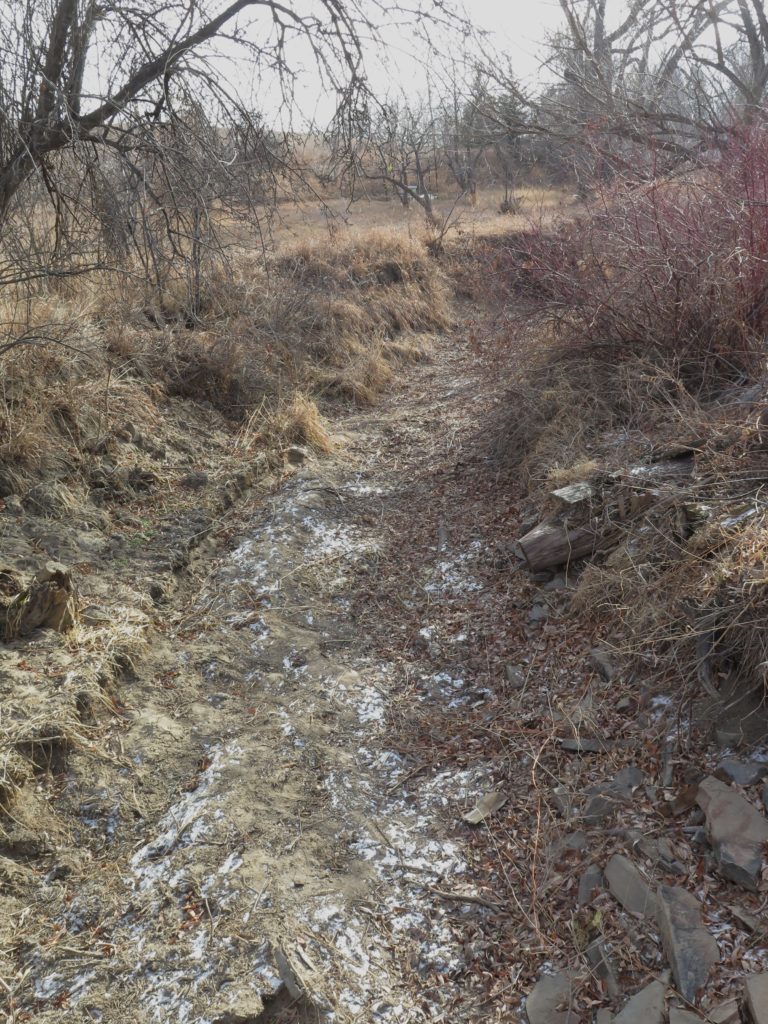
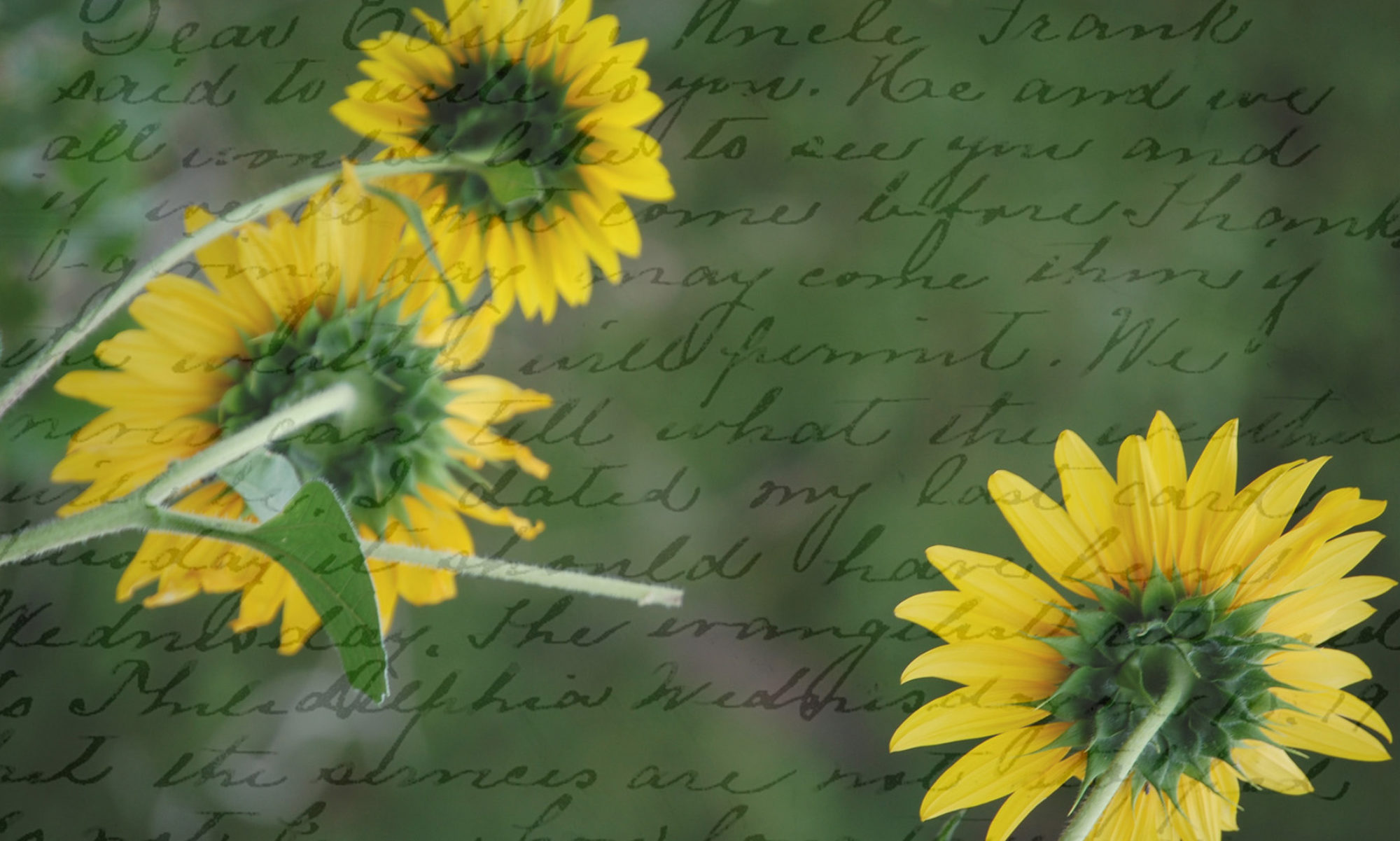
Great photos and a really nice last paragraph.
This is a very nice account in both words and pictures of your ditch exploration!
Very nice. Thank you for the nice vignette with thoughtful perspectives. And I, along with John, really love your concluding paragraph.
Congratulations on the new blog! fyi, this one reminded me I used to teach a journaling /art workshop for the Boulder based Thorne Ecological Institute, for groups of 6-12 year-olds every summer. I called it “Animal Livingrooms” and we would explore the creekside next to Chautauqua’s picnic pavillion…looking just for the same sorts of palimpsests you and your grandson found.
xo